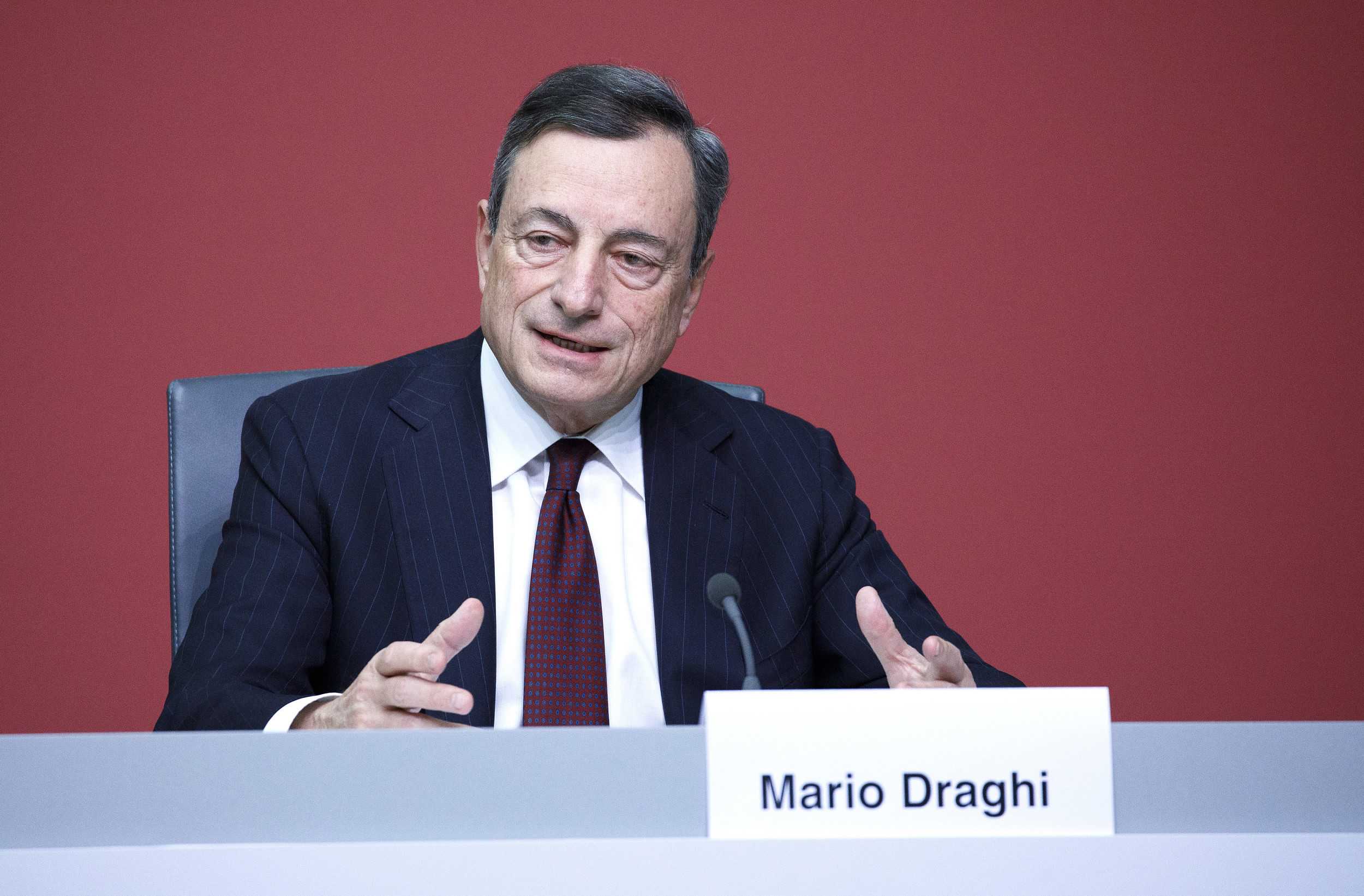
Business
17:55, 14-Dec-2017
Steady as she goes: ECB to keep money taps wide open
CGTN

The European Central Bank is likely to bump up some of its economic forecasts on Thursday and may debate tweaking its pledge to keep money at its current ultra-easy level, but will ultimately reaffirm its policy stance.
Meeting six weeks after agreeing to halve asset buys, policymakers are likely to argue that growth continues to improve but ultra-low borrowing costs are still needed to lift inflation as the recovery remains dependent on the bank’s accommodation.
“The ECB meeting will be an opportunity to re-anchor expectations of easy monetary policy in the coming years,” analysts at brokerage Mizuro said in a note to clients.
The ECB’s job was made easier by a benign market reaction to the Federal Reserve’s third, well telegraphed interest rate hike this year late on Wednesday.
This was a sign that investors were confident enough in the state of the global economy not to fear a continued, albeit very gradual, increase in the cost of borrowing dollars - the currency that underpins much of world trade.
Still, policy hawks in Frankfurt are likely to keep pushing ECB President Mario Draghi to prepare markets for an end to asset buys sometime next year, arguing for incremental changes in the bank’s message to set up a formal decision by mid-year on ending a 2.55 trillion euro (3 trillion US dollars) bond purchase scheme.

Mario Draghi, president of the European Central Bank (ECB), speaks during a Basel III capital rules news conference at the ECB headquarters in Frankfurt, Germany, on Thursday, Dec. 7, 2017. /VCG Photo
Mario Draghi, president of the European Central Bank (ECB), speaks during a Basel III capital rules news conference at the ECB headquarters in Frankfurt, Germany, on Thursday, Dec. 7, 2017. /VCG Photo
Having faced five years of stagnant or falling prices, the ECB has deployed its entire policy arsenal, cutting rates into negative territory, giving banks cheap loans and hoovering up bonds, all in the hope of boosting growth and rekindling inflation.
Its work has paid off as the euro zone recovery is now well into its fifth year thanks to nine million new jobs, and economic convergence between poorer periphery countries - like Italy and Greece - and the bloc’s richest appears to be restarting.
The growth run is fuelling arguments among more conservative policymakers that the ECB’s job is close to done, so it should take a step back, let others do the rest and preserve its firepower after the crisis tested its limits.
“We... expect the ECB to take small steps toward the exit, starting with tweaking its guidance gradually over the course of the first nine months of 2018,” Berenberg economist Florian Hense said.
The ECB releases its policy decision at 1245 GMT, followed by Draghi’s news conference at 1330 GMT. Analysts polled by Reuters unanimously expect rates to stay unchanged and asset buys to continue at 30 billion euros a month from January.
Forecasts
The first clue to future policy will come from the ECB’s new economic projections, which are likely to show better growth for the year ahead and a broadly unchanged or marginally improved inflation path.
The key number to watch will be the ECB’s initial forecast for 2020 inflation to see whether rising oil prices push the inflation path higher and how far it is from the bank’s target of close-to-but-below 2 percent.
Analysts see the figure in the 1.7-1.8 percent range and while the target is intentionally vague, Draghi has said that 1.7 percent is considered a miss so any figure at the bottom of expectations would make it difficult to argue for an exit.
But a benign 2020 projection could rekindle a simmering debate about the end of asset buys.
In October several influential policymakers argued that the ECB should amend its guidance, cutting the direct link between inflation and bond buys.
They argued that the ECB should instead connect its overall policy stance to inflation, de facto cutting the emphasis on quantitative easing (QE) and making it easier to end it.
“The ECB wants to phase out QE in a smooth fashion, and this requires it to make the case that the overall policy stance will remain accommodative...with low policy rates and ample liquidity,” UBS economist Reinhard Cluse said.
Another key item for the meeting will be a discussion on how to distribute purchases from next year onwards.
Some policymakers argue that the ECB should increase the proportion of private sector purchases by keeping those volumes steady when sovereign purchases are cut from January.
Such a shift could also take some pressure off sovereign buys as the ECB is nearing its self-imposed purchase limits in several countries.
7790km
Source(s): Reuters

SITEMAP
Copyright © 2018 CGTN. Beijing ICP prepared NO.16065310-3
Copyright © 2018 CGTN. Beijing ICP prepared NO.16065310-3